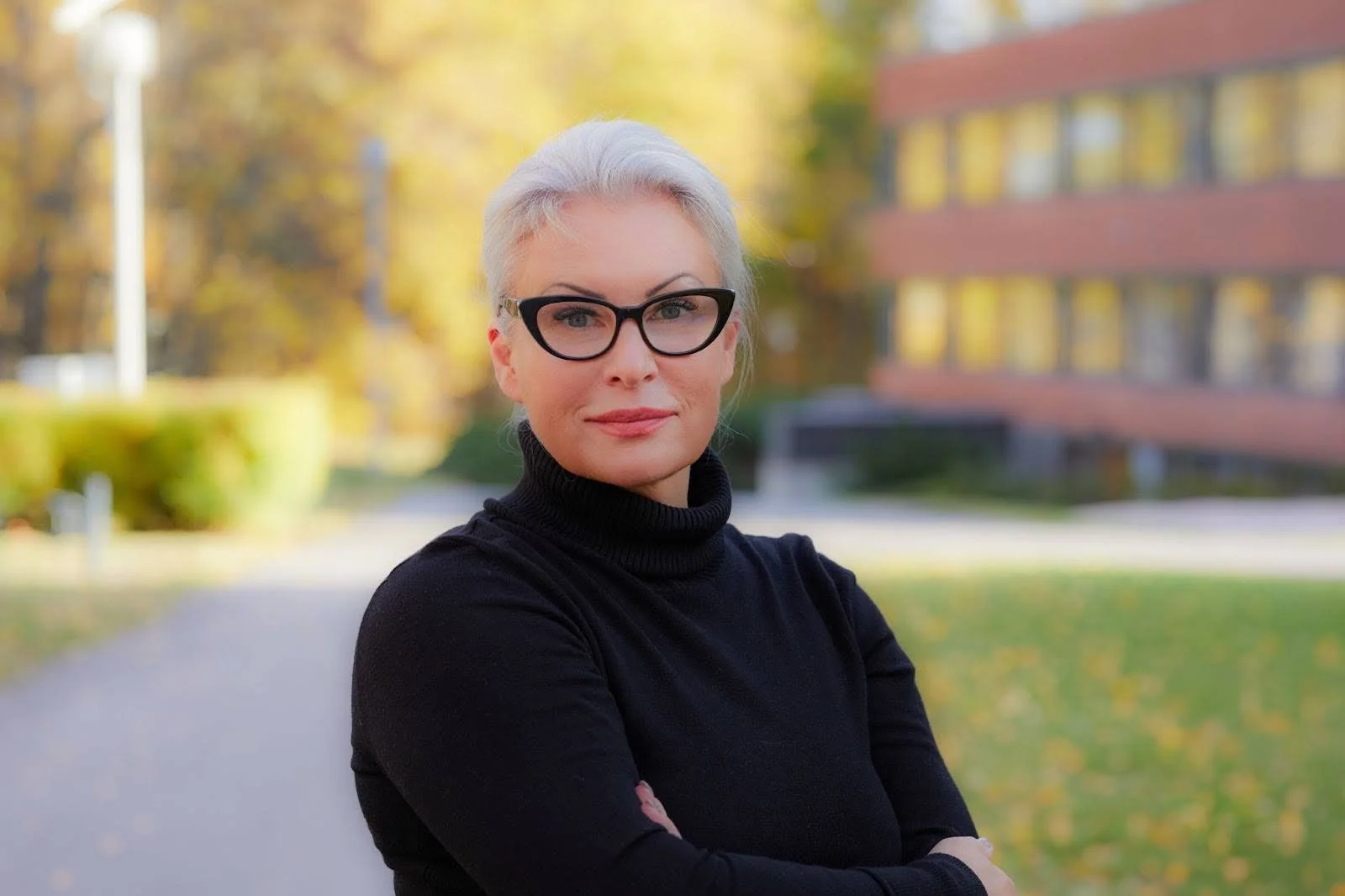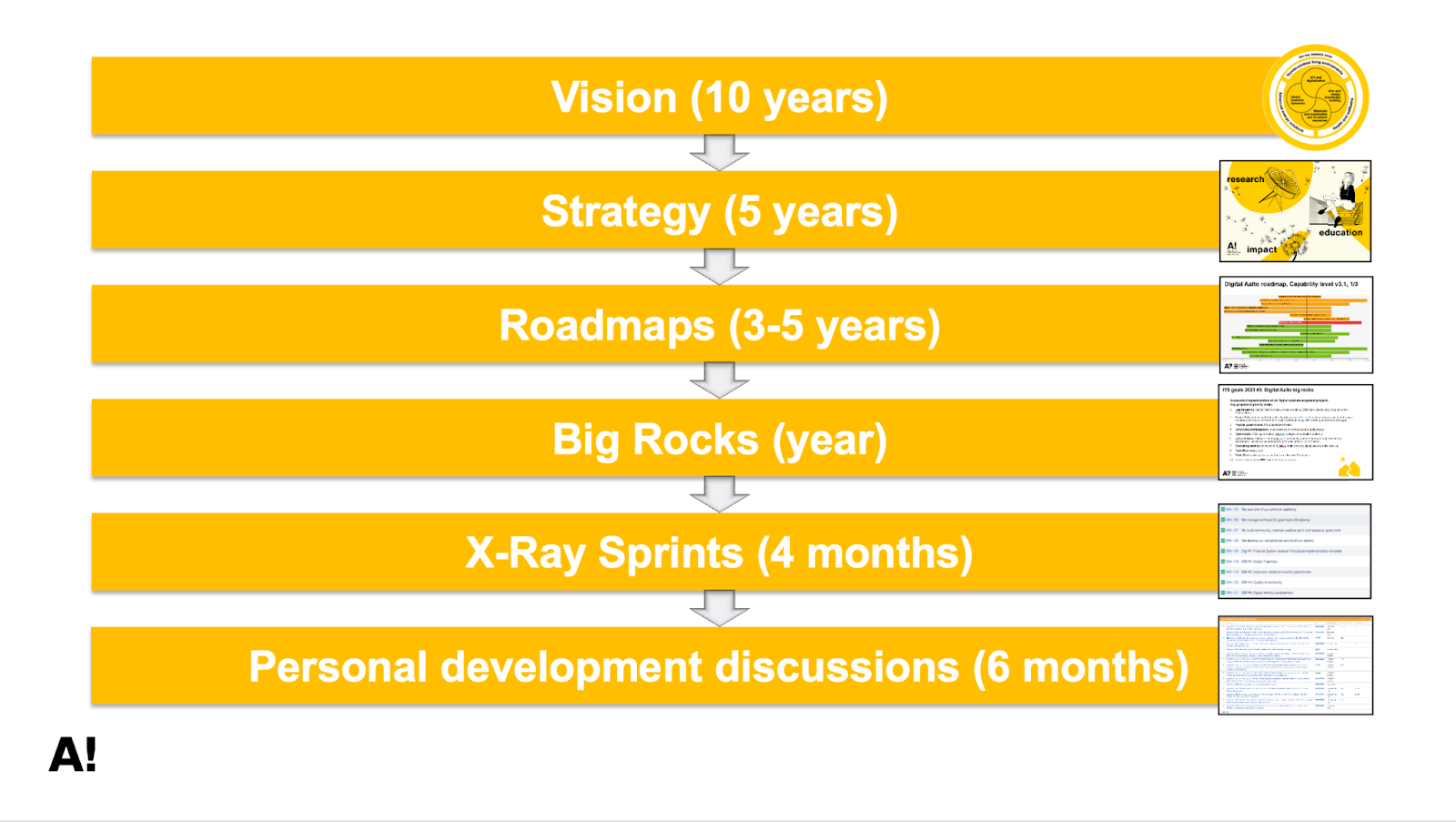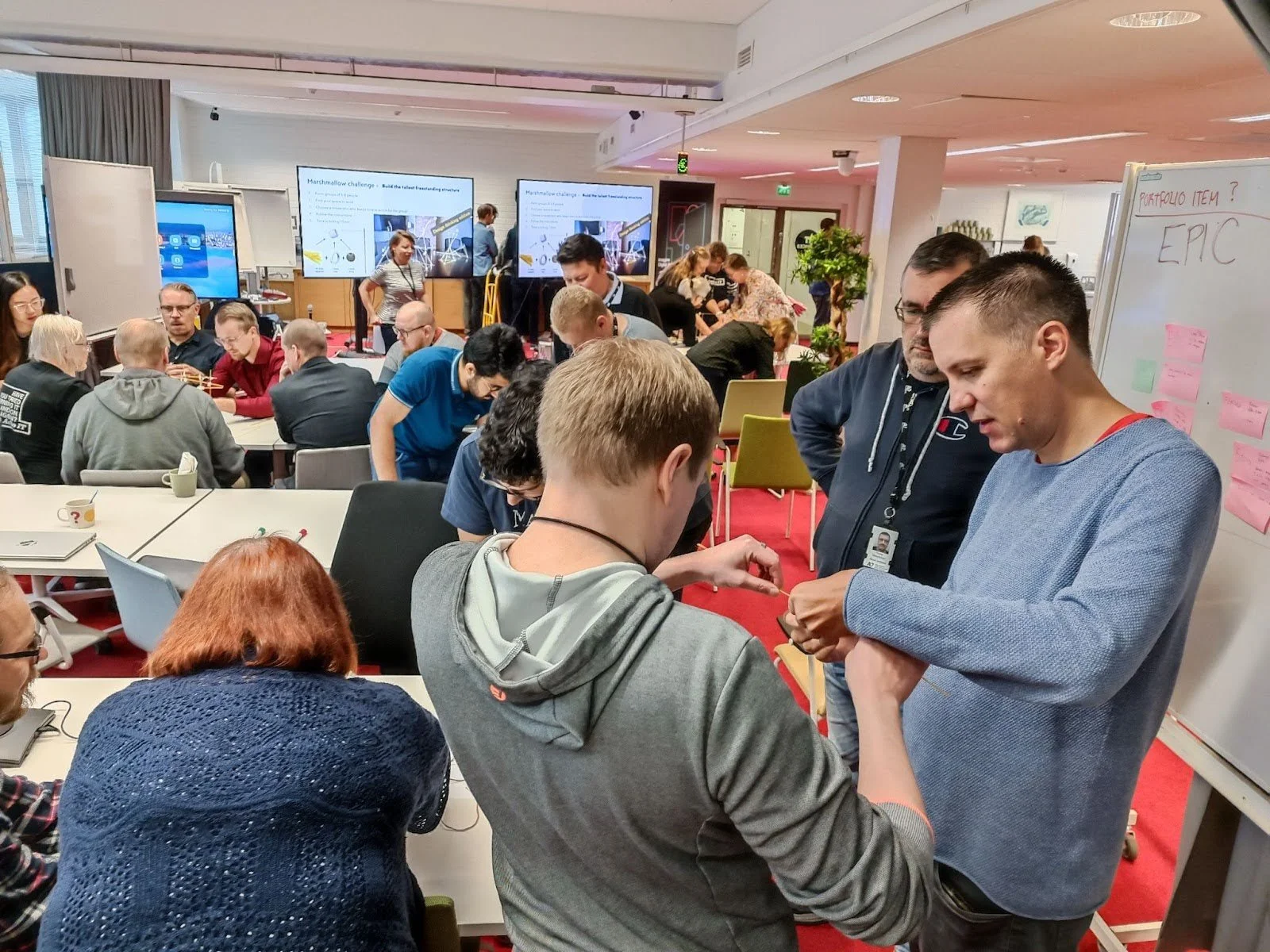Future‑Ready IT Leadership: Insights from Christa Winqvist, CIO of Aalto University
Leading tech at a university means your work touches everything — from education and research to daily campus life. Christa Winqvist, CIO at Aalto University, does just that with a steady hand, a long view, and a people-first approach to leadership.
Her career has been deeply rooted in university IT. She started working on campus in the late 1990s while studying software engineering, moving from helpdesk to Unix and Windows systems administration, and later to leading IT units at the Helsinki School of Economics. Each step brought deeper exposure to the full IT lifecycle and ultimately led her to Aalto University, where she’s held several leadership roles before becoming CIO.
“I’ve seen the full chain of university IT, from helpdesk to strategy and everything in between,” she says.
People-First IT Leadership at Aalto University
At Aalto, the IT team functions like a central kitchen: providing core services that the rest of the university depends on. The organisation includes about 150 staff (160 with interns) and works in partnership with school-specific IT units. It’s a matrix structure that covers end-user support, operations, development, solutions for teaching & learning, research systems, joint services, and a CDO/CIO office that handles disciplines like architecture, PPM, security and data governance.
Originally, teams were grouped by technology, and the strongest tech expert became the lead. That often resulted in gaps in people leadership and a lack of attention to personal development. Around 2018, Christa started to shift the model. It’s a move toward people-first IT leadership, where managers empower rather than control. Now, managers serve the team. Their job is to remove roadblocks, create development paths, and guide — not micromanage. And they don’t always need to know the deepest technical details.
“Leadership means offering leadership services. You don’t have to know everything, you have to enable others.”
Building Trust and Managing Change
Christa places a premium on presence and listening. You’ll find her in the break room or in corridors talking to staff, hearing concerns, and staying grounded in daily operations. When change is introduced, she pilots first (usually in six-month cycles) rather than imposing sweeping transformations.
The move from closed offices to open space, and later to mobile work points, came with its share of uncertainty — something Christa was transparent about from the start. “We didn’t try to solve every future challenge at once,” she says. “We worked toward checkpoints and adjusted along the way.”
Change is person-sized. Some people thrive on new ways of working; others need gradual adjustments. She likens the journey to how kids learn to read: you don’t start at Shakespeare with someone still learning the sounds.
“If the change doesn’t feel right, we pause or reverse it. That’s part of trust too.”
Hiring and Retaining IT Talent with Heart
Christa doesn’t judge candidates solely by technical skills. Her focus is on mindset, integrity, community fit, and internal drive. For her, the CIO role should stay close to core leadership functions: recruiting, budgeting, strategy. It’s not something to be delegated.
She looks for people who understand that IT isn’t a silo but part of the university’s broader mission. People who see the purpose behind the code. In leadership roles especially, she values empathy, curiosity, and breadth of perspective.
“It’s not about being the smartest person in the room. It’s about caring that the organisation wins — not just you.”
That same principle shapes how she motivates her teams. Motivation, she says, doesn’t come from persuasion after the fact — it comes when people help define their own goals and roadmaps. At Aalto, they use frameworks like “Big Rocks & X-Ray Sprints” to balance long-term ambitions with the flexibility needed for urgent or regulatory demands.
“The most motivating factor is knowing your goals and influencing them yourself,” she says.
Wellbeing sits at the top of the pyramid; before operations, development, or sustainability. If people aren’t in good shape, nothing else will last.
IT Leadership Lessons, Failures & Small Wins
Aalto’s culture embraces experimentation. Failures aren’t punished, they’re unpacked and learned from. “If we have an epic fail, we pop some champagne and ask what we learned,” Christa laughs.
Rather than hunting for headline wins, she values steady progress. Every sprint that goes well, every deployment that holds, every nod of praise in a classroom — those are the real wins. During COVID, the IT team pivoted to remote learning almost overnight. That adaptability resulted in the Aalto IT department winning Aalto’s annual Success Enabler award in 2020.
“We don’t aim for grand wins. We aim for continuous, shared success.”
Innovation Through Connection
Christa doesn’t wait for inspiration — she chases it. She’s active in national and international tech leadership groups, university network boards, and conferences. She even skims student chatter on platforms like Jodel to tap into real sentiment.
“You hear the complaints, but also the ideas.”
For her, innovation isn’t about forced novelty or the next big thing, it’s about curiosity, connection, and involving people early. The best ideas, she says, often come from unexpected corners of the community.
Building Architecture That Serves People
At Aalto, architecture is the invisible backbone. They migrated from point-to-point systems to platform-based architecture — a shift that made their operations more coherent and manageable. Technology itself is never treated as sacred. Processes, people, and competencies come first.
“Only 20–30 % is technology, the rest is people.”
That mindset also shapes how Aalto approaches AI. Rather than mandating tools, they use a sandbox-first model — letting people test, explore, and discover practical value. “We always ask, ‘What’s in it for me?’” Christa says. “If AI helps free people from repetitive tasks, that’s how we build trust.”
“Don’t force AI. Let people discover how it helps them first.”
Copy Christa’s Formula for Building a Winning Team
✅ Hire for mindset and mission, not just technical skill
✅ Empower teams to define and own their goals
✅ Roll out change in human-sized steps
✅ Lead by removing obstacles, not directing every move
✅ Use failure as a source of insight
For Christa, winning happens when people care more about the team’s success than individual credit. In that space, real transformation begins.
What do you think? How do you lead in environments where mission, change, and people all intersect? Let’s keep the discussion going — connect with Christa Winqvist on LinkedIn and tag us.
Want more tech leadership insights? Explore more stories from CIOs and CTOs or check out how we support companies in building high-performing tech teams.



